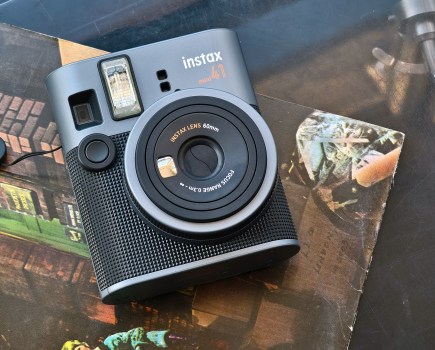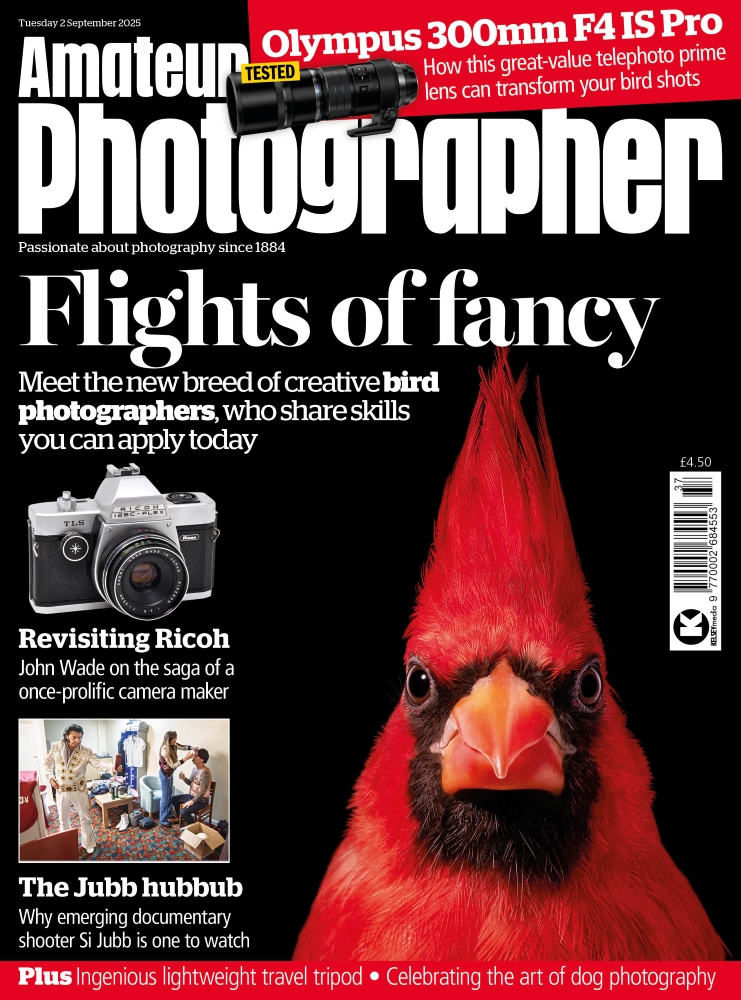Amy Davies explains the strengths, weaknesses and key differences between these two types of camera: the DSLR (aka Digital SLR) and mirrorless.
Buying a camera for serious photography or videography generally means choosing between a DSLR and a mirrorless. While the two types are superficially similar – both have interchangeable lenses and use broadly the same varieties of sensor size – there are a number of key differences between them. Knowing what these are will help to inform your purchase.
Mirrorless
In the camera world, the future is mirrorless. Almost all the big brands now champion their flagship mirrorless cameras in attempts to convert DSLR-owning photographers.
Canon has its EOS R series, Nikon the Z line. Sony has been making its Alpha cameras and E-mount for more than a decade now. Micro Four Thirds is going strong too, with OM-System (formerly Olympus) and Panasonic both producing cameras for this smaller format.
However, Panasonic also produces its own full-frame Lumix S series, using L-mount lenses in alliance with Leica and Sigma. And speaking of Sigma, it has the fp and fp L, both incredibly compact full-frame mirrorless cameras. Find all these series and more in our up-to-date guide to the best mirrorless cameras.
DSLRs
In DSLRs, options are more limited. The main names in DSLRs are still Canon and Nikon, but neither has released a new model since 2020, when we saw the Nikon D780 and Canon EOS Rebel T8i/ EOS 850D. This seems unlikely to change given the current commitment of both firms to their mirrorless ranges.
Not that we are exactly deprived of new DSLRs – Pentax remain committed to the DSLR format, and in late 2022, took the wraps off a brand new model, the Pentax KF. Even more recently, Pentax added another DSLR, the K-3 Mark III Monochrome; it’s very niche but still has appeal. To view the state of the market right now, check out our guide to the best DSLRs.
Now for a closer look into the main differences between these two types of camera. We’ve already talked a bit about sensor sizes and will do so some more – if you need a primer on the different types, check out our guide to full-frame vs APS-C. We also have a full guide to the best cameras for beginners, which includes plenty of DSLR and mirrorless cameras.
DSLR vs mirrorless: The key differences
For completeness, we must state the obvious: the DSLR contains a mirror while a mirrorless camera does not. The mirror inside a DSLR bounces light up into the optical viewfinder, where you compose the image. With a mirrorless camera, the light goes directly to the image sensor, allowing a preview to be shown via the electronic viewfinder or screen.
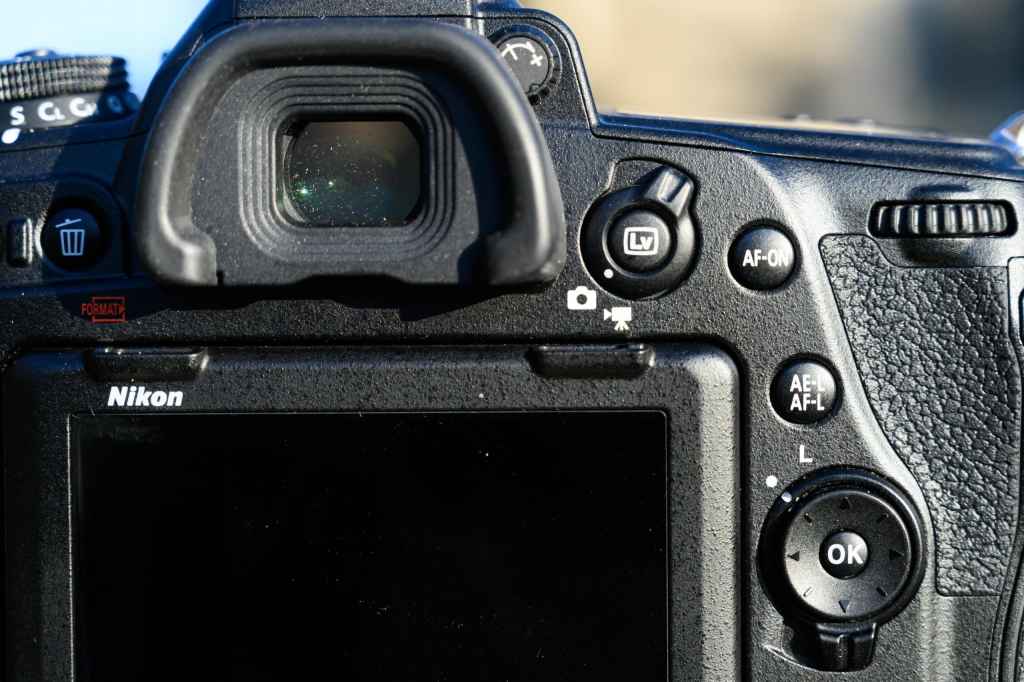
DSLRs and mirrorless cameras often have the same or similar specifications and can be capable of roughly the same kind of final image quality. Without the mirror, however, images are captured in a different way – for example, mirrorless cameras can typically shoot at faster frame rates as there is no mirror to move out of the way. They are also far better suited to recording video.
There are pros and cons to both formats, as we shall now uncover…
The benefits of DSLRs
Better battery life
It might seem obvious that removing the mirror to allow for real-time image preview, faster frame rates and silent shooting is better. However, this comes at the expense of power, with mirrorless cameras requiring a lot more of it. Particularly in the early days of mirrorless technology, this was a big problem for enthusiasts looking to shoot for long periods of time.
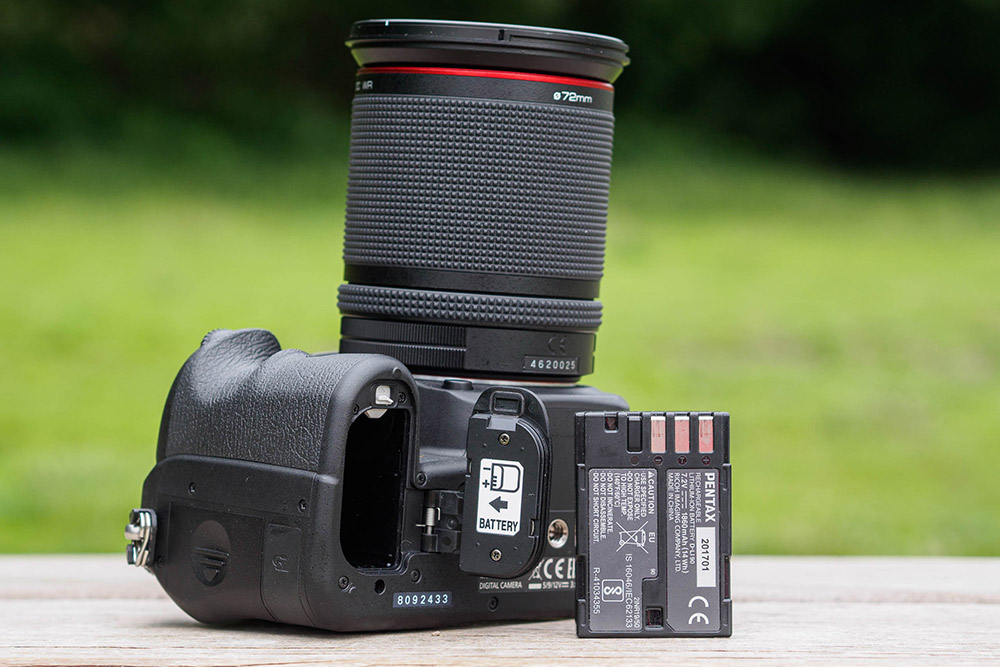
These days, it’s fair to say that battery technology has advanced to the point that the typical mirrorless camera will generally last for a full day of ordinary shooting, as well as often having the ability to charge via USB for on-the-go power bursts. Those for whom battery life remains a concern despite these developments will likely favour DSLRs here – typically, they can run for twice as many shots as a mirrorless camera on a single charge; sometimes more.
DSLR vs Mirrorless: Price
Since the technology is older – and remember, very few new DSLRs have appeared on the market in the last few years – the average DSLR is cheaper than the average mirrorless camera.
There’s also an abundance of excellent DSLR models available from the second-hand market as photographers find themselves upgrading to mirrorless. DSLR lenses are also generally cheaper, for the same reasons. That said, mirrorless has been around for long enough that there are great second-hand deals to be had – it pays to shop around.
If you’re a hobbyist on a tight budget, a DSLR can be an excellent idea for learning the ropes. One of the key factors is lens choice; being far wider for Nikon and Canon DSLRs, and at much lower used prices. Check out some of the best Nikon F mount lenses and best Canon EF lenses for a guide to what to buy, though cheaper ‘consumer grade’ lenses will get you started at much lower cost.
Older and broader choice of lenses and accessories
In the early days of mirrorless cameras, the market for lenses and accessories was somewhat limited. Several mirrorless systems have been around for over a decade and now have much more scope with these.
There are notable exceptions among some new Canon RF APS-C cameras, however, like the Canon EOS R7, Canon EOS R10 or Canon EOS R50, which currently have limited options for RF-S lenses. Until the range improves, there is a much better choice of Canon EF-S DSLR lenses.
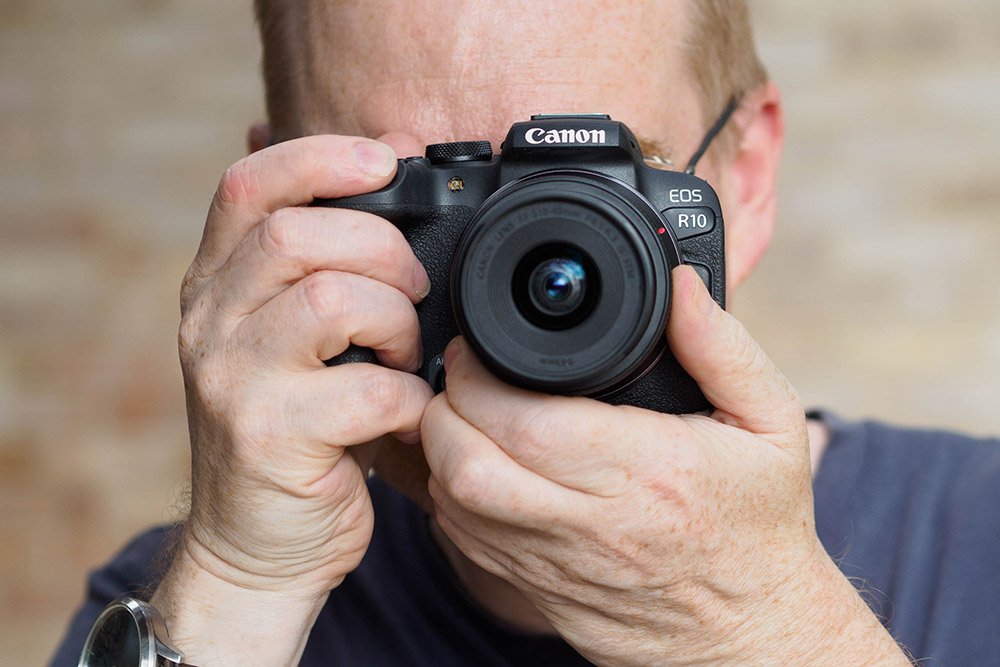
Other line-ups, such as the Fujifilm X series, the Sony Alpha series and the Panasonic / OM System series have a huge selection of lenses.
If you want something niche – such as a tilt-shift lens – you’ll more likely find it in a DSLR system. Demand for such specialist lenses has naturally fallen off as digital corrections have become so straightforward. It’s no surprise that manufacturers have shifted their focus away from providing mirrorless alternatives.
Some prefer the look and feel of a DSLR
This one comes down to personal preference. Some people love the chunky and heavy nature of a DSLR, as it feels like ‘real’ photography.
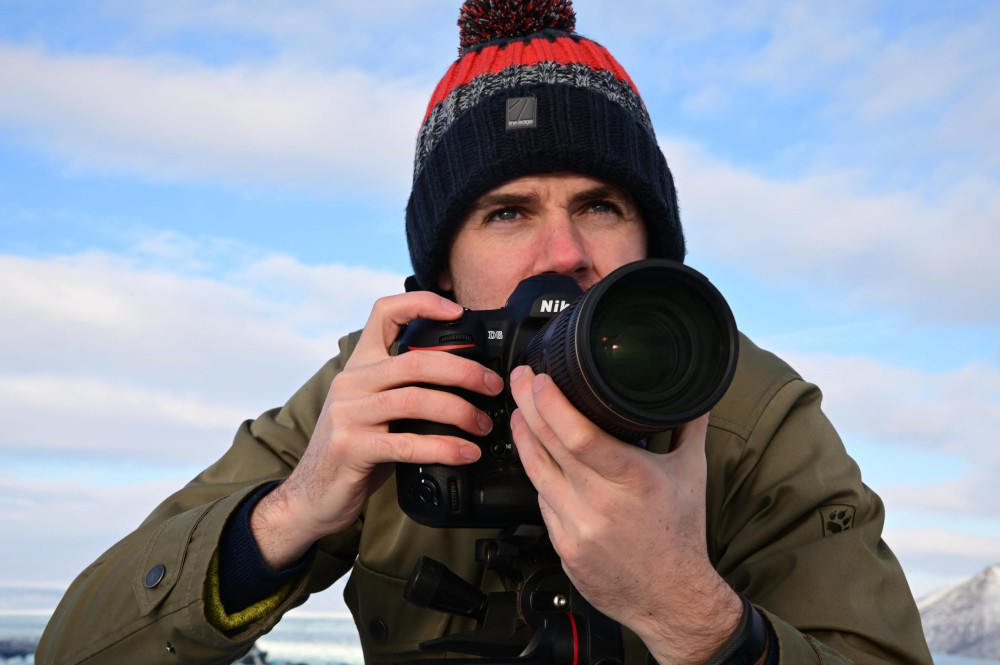
Try out several different models in a camera shop or even rent before buying: it has to feel right. For those who prefer the larger unit, there are plenty among the mirrorless camera market now. In general, the larger body of a mid-range or high-end DSLR will feel better balanced with telephoto lenses.
You may prefer an optical viewfinder
In the early days of mirrorless cameras, electronic viewfinders were woeful: lagging in time, lacking in detail, and so small that they didn’t always give a clear view. Those early impressions have lasted in the minds of many enthusiasts, who would say they prefer optical viewfinders per se.
If you haven’t looked through an electronic viewfinder for some time, it is worth seeking the latest technology to see how far they have improved. Sharper, brighter and clearer, they have the advantage of displaying the image the camera will actually capture, as they can provide a live preview of your settings.
Ultimately, some photographers will always prefer optical viewfinders because they offer a ‘naked eye’ view of the scene: not a digital display.
What are the benefits of mirrorless?
Latest and best technology
With almost every manufacturer now prioritising mirrorless (the only notable exception being Pentax, which occupies a very small area of the market), naturally all of the latest and most-advanced technology is found inside non-DSLRs.
That means you get things like super-fast shooting, advanced autofocus, 4K and 8K video at various frame rates, widespread adoption of in-body stabilisation, and more besides. While it’s true that DSLRs still take excellent photographs, those who are drawn to technological advancement will incline to the mirrorless.

Value for money
Although DSLRs can be picked up for a reasonable price, better value for money can often be found for a mirrorless equivalent. This is particularly true for models that produce fast frame rates. The relatively recent Canon EOS R10, for example, costs $879 / £849 (body only) and offers up to 15fps shooting with the mechanical shutter or 23fps with the electronic shutter.
For the closest equivalent capability in a Canon DSLR, you’ll need the Canon EOS-1D X Mark III which tops out at 20fps and will cost an eye-watering $6,499/ £6,999 (body only).
The latest mirrorless cameras have really pushed back the boundaries for high-speed shooting. The remarkable Fujifilm X-H2S, at $2,499 / £1,679 body only, can capture images at up to 40fps, which is only possible with an electronic shutter and a mirror-free design.
AI-powered subject detection
Then there’s autofocus, where the story is much the same – autofocus in mirrorless cameras has got freakishly good in recent years. This is largely thanks to the emergent hot-button technology: AI-powered subject-detection. This enables a camera to recognise and pick out specific subject types – most commonly humans, animals and vehicles – and keep focus locked on them even as they move throughout the frame.
One might assume this feature would be reserved for the top-tier professional cameras, but this isn’t the case. For instance, it makes an appearance on the recent entry-level Canon EOS R50, which costs $549 / £589 body-only. To get equivalent tech on a DSLR would take $6,499 / £6,999 Canon EOS-1D X Mark III. There’s simply no contest as far as value for money is concerned.
You may prefer an electronic viewfinder
Although some will remain in favour of optical viewfinders, here are the benefits to shooting through an electronic viewfinder (also known as an EVF).
You’ll always see 100% of the scene with an electronic finder, and can see exactly how changing parameters such as aperture will affect the final image. There’s also the bonus of things like display overlays and the ability to see the image you’ve just shot without having to take the camera away from your eye.
You can also zoom into a shot to help better see what you’re focusing on, which can be useful for very small or finely detailed subjects such as in macro photography, but also for distant subjects like wildlife.
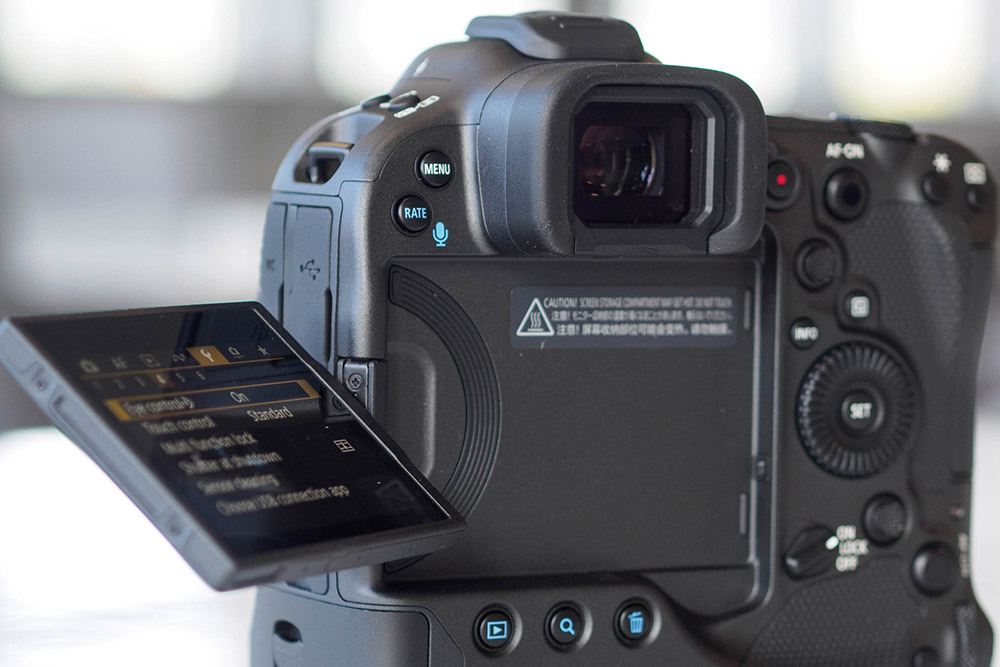
The electronic gain of EVFs
Modern electronic viewfinders are so advanced that they offer clear, crisp and fast views of the scene without any of the problems that plagued them in the early days.
Paradoxically, mirrorless cameras are much better suited to using vintage analogue lenses than DSLRs. That’s because the shorter distance between the lens mount and the sensor leaves room to attach all sorts of different lenses adaptors, the electronic ‘gain’ of EVFs means a bright viewfinder image even with lenses set to small apertures, and you can ‘punch in’ to magnify the viewfinder image for critical focusing, which is not possible with a DSLR.
It’s also worth remembering that whether you use the rear screen or the viewfinder on a mirrorless camera, it will operate in exactly the same way. With DSLRs, you’ll find that the shooting experience is different depending on how you compose your images.
Moving between the viewfinder and the screen will show different interfaces, viewfinders and even autofocus works in a different way (sometimes autofocus is better through Live View on a DSLR, sometimes better through the viewfinder).
Smaller and lighter
Mirrorless cameras come in a much wider variety of shapes and sizes than DSLRs, which generally all follow a very similar form factor. For travel and everyday usage, we’d generally always recommend some of the best mirrorless cameras.

While it’s true that there are some large-bodied mirrorless cameras available now, the overall system even with those cameras is still generally smaller when comparing equivalent setups, though it’s worth pointing out that the lenses for both camera types can often be a similar size. In fact, as mirrorless camera makers get more ambitious with lens designs, they can even be larger than their DSLR equivalents.
Silent shooting
The whole general operation of a mirrorless camera is quieter than a DSLR, with the ability to shoot completely silently using an electronic shutter as well if you wish.
While the ‘clunk’ of a DSLR mirror might be more satisfying, there are certain scenarios when being able to shoot quietly or silently is much more preferable. Think about discreet situations such as weddings, wildlife or even street photography – taking away that loud operational sound can be a huge advantage to many types of photographer.
With a DSLR, completely silent shooting is only possible if you shoot through the screen, which has its own problems and disadvantages.
Is a mirrorless camera better than a DSLR?
This isn’t something that is necessarily straightforward to answer, as it depends which mirrorless camera you’re comparing with which DSLR.
However, if we were to take the market as a whole, with mirrorless boasting better and newer technology (see the points above), then it’s pretty easy to argue that yes, mirrorless cameras are ‘better’ than DSLRs, and as time goes on this will become the general truth.
It’s also already the case that lenses for mirrorless cameras are generally regarded as better performers than equivalent DSLR lenses. This isn’t so much that they are newer in design as the design itself – the shorter back focus.
Of course, the term ‘better’ is subjective, and depend on a user’s sensibilities and priorities. DSLRs can be preferable for other reasons as we have described.
Do professionals use mirrorless or DSLR?
You’ll find plenty of professionals who use mirrorless cameras, plenty who use DSLRs, and plenty who use some combination of both.
Mirrorless cameras have been in the market for over a decade, so it’s no surprise that professionals at all levels now use them. In the past few years we’ve also seen a raft of class-leading and high-priced mirrorless models, including the Nikon Z9, Nikon Z8, Canon EOS R3 and the Sony A1, which have all proved very popular with dedicated photography professionals.
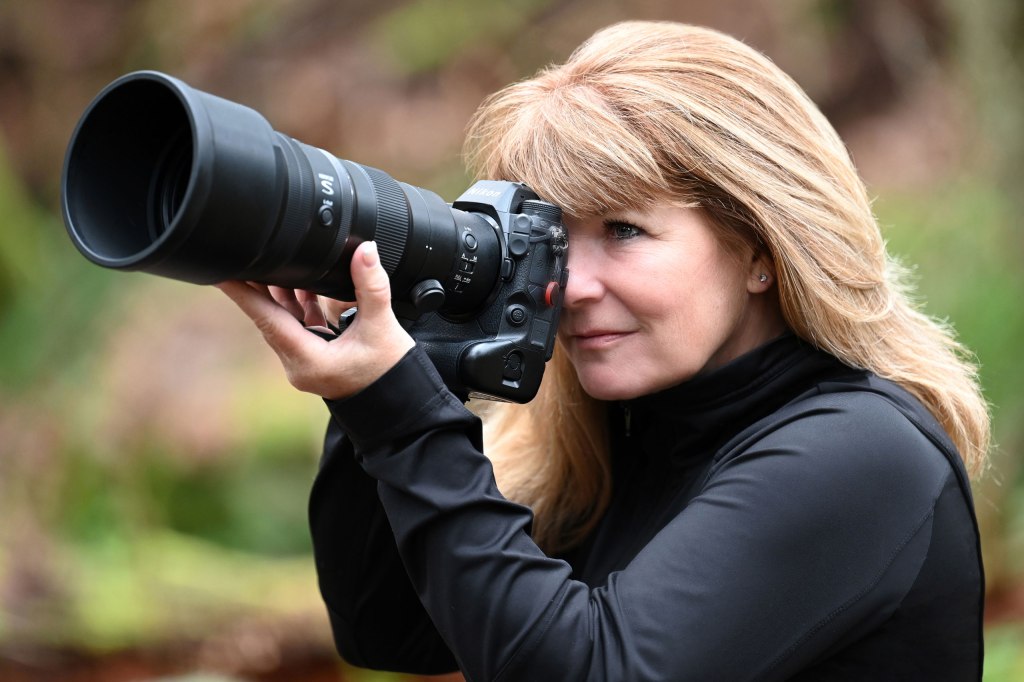
Lots of professionals are still using DSLRs if they feel they meet their needs. If most of their work takes place in a studio, for example, a superior autofocus may not be a priority. Some professionals simply don’t want to spend a huge amount of money on switching systems.
It’s also the case that lots of professionals use a combination of DSLR and mirrorless, depending on the job. With the ability to use DSLR lenses with mirrorless cameras via adapters, many professionals can slowly transition towards mirrorless without having to replace all of their existing gear in one go. Professional photographers are pretty hard-headed about their gear – they won’t swap unless there’s a compelling business reason to do so.
DSLR vs mirrorless: which should a beginner buy?
This is another difficult one to answer, since there are different answers depending on how you look at things.
On the one hand, if you don’t have any existing gear, it makes a lot of sense to opt for mirrorless. You’ll be future-proofing yourself by entering into the latest technology, and you’ll also likely benefit from a lighter and smaller form factor.
However, if you’re on a strict budget and are keen to learn the ropes of photography, then you can pick up some great deals on DSLRs right now. Supply issues of DSLRs have improved in recent months, too.
If your main concern is taking great stills of subjects of little movement – such as landscapes – you can get excellent shots with a DSLR. If you’re keen to explore other subjects, such as sports or wildlife, or have a penchant for video, then a mirrorless camera makes more sense, even for those just starting out.
Some beginner photographers may already have some existing equipment, such as lenses inherited from a relative or friend. Bear this in mind when choosing which to buy – but remember that most DSLR lenses can be used with mirrorless systems via adapters.
DSLR vs mirrorless: the verdict
So, what’s the answer? As with a lot of these typical ‘vs’ pieces in the camera world, the answer isn’t necessarily one or the other, though as the years go by, it’s becoming increasingly harder to argue the case for the DSLR.
If you already have a DSLR – and, crucially, you’re happy with its performance and image quality – you don’t necessarily need to upgrade to mirrorless just yet. If the camera no longer meets your needs in the future, or breaks down, it’ll probably be worth thinking about mirrorless, but there’s no immediate rush.
However, if you’re new to photography and you want to make sure you get the absolute latest and best technology, or you need something your DSLR can’t provide (such as fast shooting speeds, silent shooting and so on), then you absolutely should consider mirrorless options.
As always, it pays to check our extensive array of buying guides before you make any decisions to make sure you get the right camera for you.
Text by Amy Davies, with contributions from Rod Lawton, Jon Stapley and Michael Topham.
More buying advice:
- Best cheap full-frame cameras
- Best second-hand full-frame cameras
- Best DSLR cameras
- Best Canon EOS cameras
- Best cameras under £500
- Best cameras for beginners
- Best camera phones for photography
- Best compact cameras
- Best classic compact cameras
- Best ultra-zoom cameras







